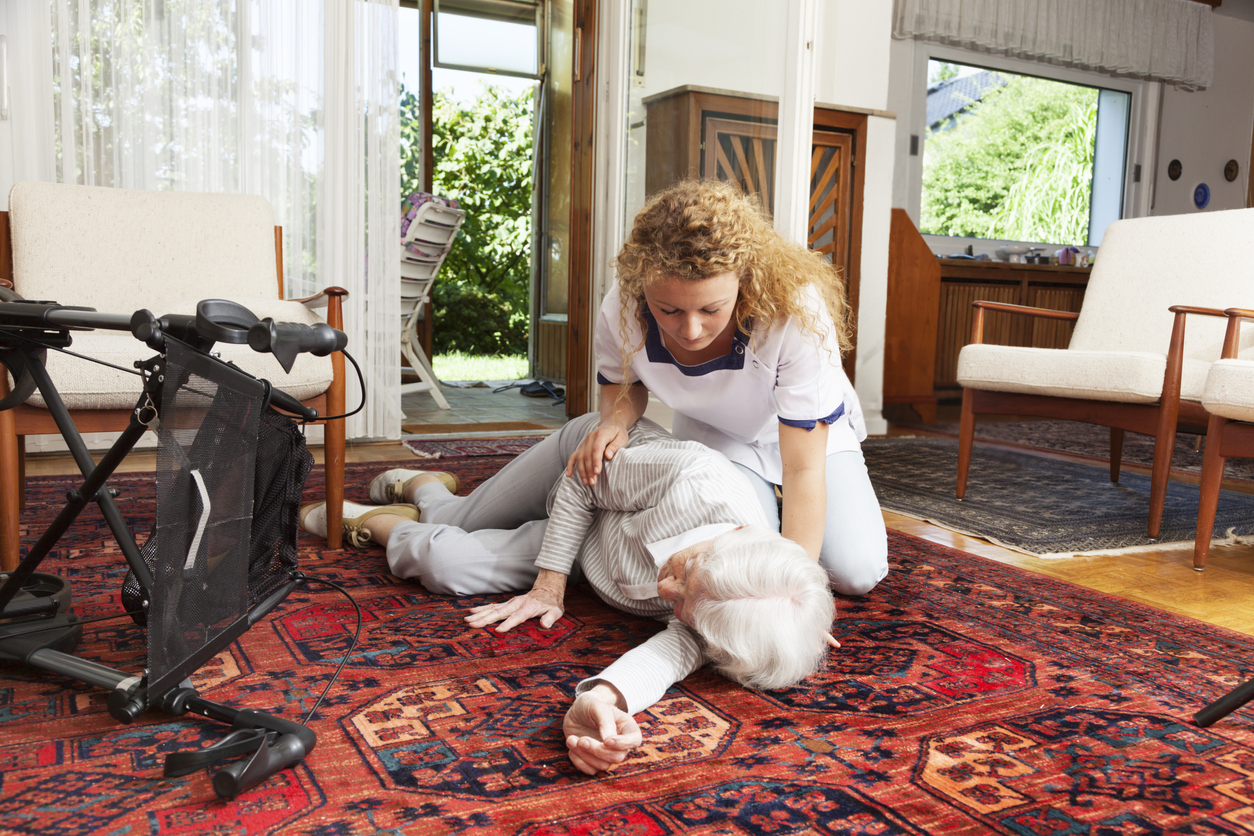Fall response in nursing homes can play a significant result in whether a facility succeeds over the long haul. When a person falls due to the actions of another party, they would naturally want compensation for the injury they sustain. Also, they would take action by filing an insurance claim against the said party. If the incident occurs in a nursing home, they may file a lawsuit against the owner’s insurance company.
Fall Response in Nursing Homes
In some cases, the injured may file a lawsuit in addition to the insurance claim. Significantly, nursing homes should have a fall response plan, considering their responsibility in preventing accidents.
Nursing home insurance can also help in these cases, covering the costs associated with the incident. Moreover, such plans could benefit policyholders, including dividends, tailored loss prevention, lower claims costs, and fast claims resolutions.
How Slips and Falls Happen
Care facilities such as nursing homes should provide all residents with a safe environment. Anything that could cause injuries or accidents should not exist. Facilities must remove anything that could prove remotely dangerous. Failing to do this could result in grave injuries or even death.
Falls in nursing homes often happen due to the structure and design of the facility. Shortcomings in supervision duties could also cause similar incidents.
Reasons for Falls
Here are some other reasons why slips and falls may occur in nursing homes:
- Wet pavement and floors
- Absence of rubber tractions that prevent slipping.
- Improperly installed hard rails and bars attached to ramps and walkways.
- Unattended items and other obstructions.
- Dangling or unsecured electrical wires.
- Lack of restraints on wheelchairs and other assistive devices.
- Inadequate lighting in walkways and common areas.
Negligence by caregivers could also result in accidents. Thus, the entire facility may be liable for injuries and damages in such cases.
Common Slip and Fall Nursing Home Injuries
Hip fractures are among the common and severe injuries from slips and falls. Older adults are prone to injuries because of their decreased bone strength and density.
Some injuries that may result from slips and falls are:
- Blunt force head trauma and brain injuries.
- Back and spinal cord fractures.
- Internal bleeding and hemorrhaging.
- Fractured hands and arms.
Fall Care Plan
Nursing home administrators should consider implementing a fall care plan to protect residents from slips and falls. Such a plan should protect residents from accidents and develop necessary measures to achieve that goal.
Nursing home staff should also conduct interventions and medical assessments to minimize the risk of falls and slip-related injuries. Here are some of the interventions that nursing homes could do:
- Review of residents’ medications, particularly those that could increase fall risk
- Illuminate and declutter halls, rooms, and common areas
- Install bed and chair alarms to alert staff about unexpected movements
- Communicate and coordinate with families of high-risk residents
- Train and instruct staff on fall prevention and mitigation procedures
Nursing homes should also consider establishing a multidisciplinary team to analyze potential risks and identify appropriate solutions. Likewise, this team should facilitate routine evaluation and training to prepare and equip staff to manage accident risks in their respective facilities. And if accidents continue to occur, the team should be ready to re-evaluate and revise existing interventions and the fall care plan.
All interventions should benefit nursing home residents without compromising their safety, mobility, and convenience. Primary care physicians are the only ones that should direct physical or chemistry restraints.
Medical Assessments
Finally, the fall care plan should include medical assessments explicitly focused on health conditions that commonly affect seniors. In particular, it is advisable to check residents for medical conditions that increase their risk for injury after falls, such as osteoporosis. If feasible, the primary care physician should conduct bone density assessments upon the approval of the residents and their families.
Nursing home staff can take steps to minimize the risks. Developing a comprehensive fall care plan is an excellent step toward avoiding critical injuries and deaths resulting from slips and falls. Just as importantly, it could protect the nursing home from litigation and costly claims.
About Caitlin Morgan
Caitlin Morgan specializes in insuring assisted living facilities and nursing homes and can assist you in providing insurance and risk management services for this niche market. Give us a call to learn more about our programs at (877) 226-1027.


